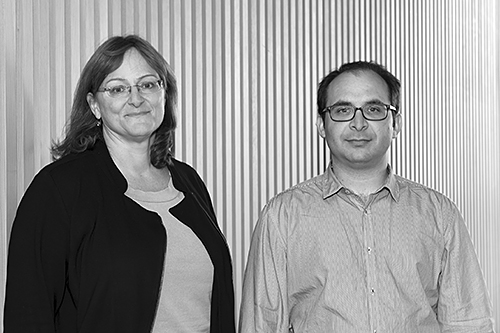Megan Urry
Department of Physics, Yale University, USA

Date
16 April 2014
Host
Kevin Schawinski
Title
The Growth of Supermassive Black Holes and their Co-Evolution with Galaxies
Abstract
Using multi-wavelength surveys like GOODS, COSMOS, and Stripe 82X, we measure the growth of supermassive black holes at the centers of galaxies over the last 10 billion years. Most actively growing black holes are heavily obscured and thus are not seen in large area optical surveys like the Sloan Digital Sky Survey; furthermore, obscuration is more common in the young Universe and in lower luminosity AGN. Most black holes grow in moderate luminosity AGN, rather than in their higher luminosity counterparts (“quasars”), and these AGN dominate the famous “X-ray background” radiation. Theorists have suggested that mergers trigger Active Galactic Nuclei (AGN), whose radiation and/or outflows may quench star formation and strongly affect galaxy evolution (a process called “feedback”). We show that mergers are common only in high luminosity quasars; in contrast, most AGN are hosted in galaxies with significant disks and thus cannot have undergone a recent major merger. Indeed, using morphological classifications from Galaxy Zoo, we identified two distinct modes of galaxy evolution, with AGN feedback affecting only the rare, major-merger-driven mode.